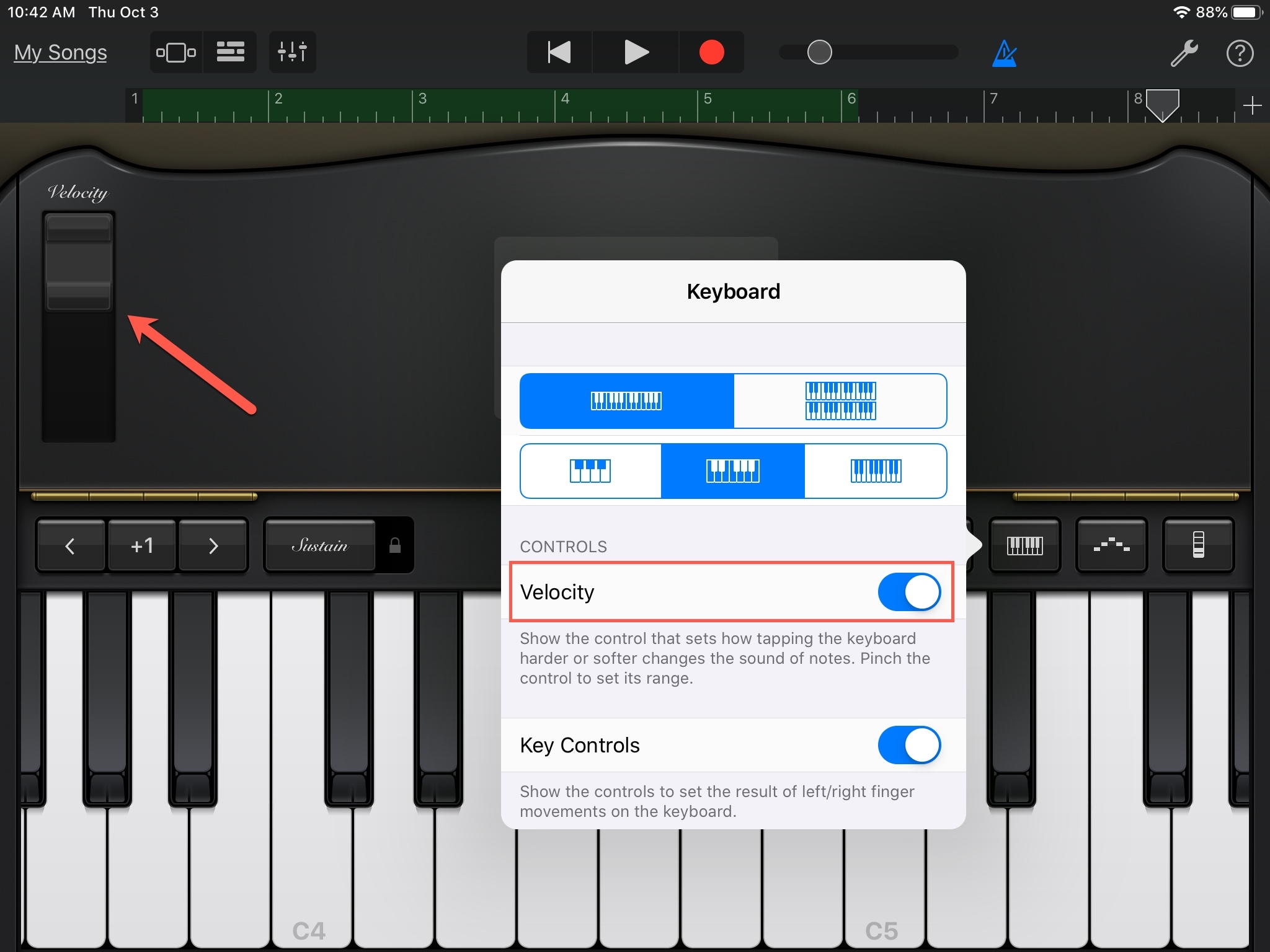
If you have nothing but iLife and your Mac for making music, you can create a song by using the tools and features built in to your computer, thanks to GarageBand. GarageBand includes an onscreen music keyboard. So within iLife ’11 you can record music on your Mac using the Software Instrument: Just choose Window→Keyboard. To use the keyboard, click the piano keys.
As you play, follow these handy tips:
Sep 23, 2019 Here’s how to show, add, and edit musical notes in GarageBand on Mac and iOS. Working with musical notes on Mac. Open your song in GarageBand on Mac and then open the Score Editor. You can then adjust the Time Quantize or Velocity. You can also select a.
- On the Mac you’ll be cued to grant it access to GarageBand. Then, back on the iPad, tap on the View menu (in the app’s top-left corner), tap Smart Controls & Keyboard, tap the keyboard layout below, and a virtual keyboard appears. Tap on this keyboard’s keys (it too can play multiple notes simultaneously).
- How to play music using your Mac's keyboard with GarageBand's Musical Typing. By Malcolm Owen Thursday, August 09, 2018, 07:18 am PT (10:18 am ET) Want to.
-
To simulate playing the piano keys harder or softer, click lower in a white or black key to play the note harder, and click higher in the key to play the note softer.
-
To move the onscreen music keyboard to any location on your screen, click in the space between the keys and the side of the keyboard and drag it.
-
To expand the keyboard, increasing the number of keys that are shown, drag the expansion triangle in the lower right edge of the keyboard.
-
To change the range of notes you can play, click the small triangles to the left or right of the keys — the left one lowers the keys by an octave, and the right one raises them an octave. You can also click the thumbnail of the piano keyboard above the keys to select an octave. By expanding the keyboard and changing its range of notes, you can play almost every note imaginable.
While the onscreen music keyboard is a touch primitive, you can use it to experiment with different instrument sounds and effects. Still, you may find it difficult to play by clicking the pointer, and you can’t play more than one note at a time. To play several notes at a time (as in a chord) from your Mac keyboard, click the Musical Typing button (the A Key icon) in the upper left corner of the onscreen keyboard or choose Window→Musical Typing.
The Musical Typing onscreen keyboard lets you click keys or use the Mac’s alphanumeric keyboard. You can press several keys at a time on the Mac keyboard to play chords. Here’s how the Mac keyboard works:
-
The keys in the second row (A to single quote) are the white piano keys in a 1-1/2 octave range from C through F.
-
The keys in the third row are the black piano keys (sharps and flats).
-
Press Z to move down an octave, or X to move up an octave.
-
Press C to lower the velocity level, or V to raise it.
-
To add pitch bend to notes you play (that is, to adjust the pitch of a note in the range of plus or minus one tone), press 1 to lower the pitch or 2 to raise it.
-
To sustain notes you play, hold down the Tab key — notes are sustained for as long as you hold down the Tab key.
-
To add modulation to notes you play, press 4 through 8 to add increasing amounts of modulation or press 3 to turn off modulation
The Piano Roll Editor shows notes in MIDI regions as rectangles on a time grid. The position of each note shows the time position where it starts playing, its duration (length), and pitch.
You can edit individual notes by moving them, resizing them, dragging them vertically to change their pitch, and in a variety of other ways.
-
Piano Roll Editor menu bar: Contains the MIDI Draw button, Catch button, and zoom slider.
-
Piano Roll Editor inspector: Contains controls for quantizing note timing and adjusting note pitch and velocity.
-
Display area: Shows the notes in the MIDI region or regions as bars on a time grid.
-
Ruler: Shows time divisions so you can align and edit notes at precise time positions.
-
Playhead: Shows the current playback position.
Garageband Piano Roll
Open the Piano Roll Editor
Garageband Mac Piano Velocity Calculator
Do one of the following:
-
Double-click a MIDI region in the Tracks area.
-
Free mobile phone tools software. Select a software instrument track, then click the Editors button in the control bar.
-
Select a software instrument track, then choose View > Show Editors.
Garageband Mac Piano Velocity 2
For more information about using the Piano Roll Editor, see Piano Roll Editor overview.